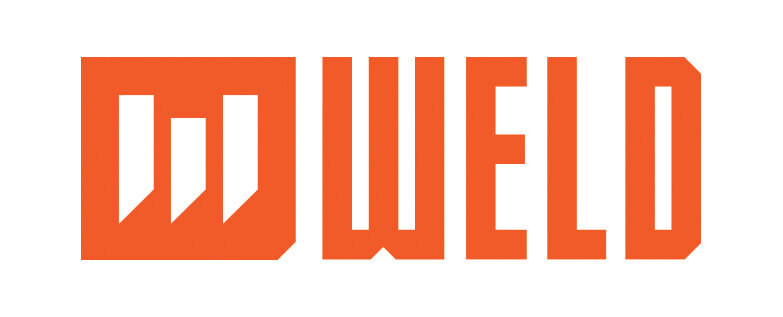Understanding the Client By Nat Geo Channels SVP/Group Creative Director Andy Baker
We’re excited to bring you this guest post by Andy Baker. He’s SVP/Group Creative Director for the National Geographic Channels and the creator of the brilliant and illuminating Client Blog. We asked him if he could write a post that would help us better understand the client mentality, and we think he’s done just that. To hear more from Andy, follow him on Twitter @ajbake or check out the Client Blog on Facebook.
At The National Geographic Channels, I manage and oversee a team of about 18 designers and producers who make promos, print ads, digital ads, billboards, sizzle reels, and press/sales materials.
Because we have so many programs to market and promote, I also hire and creative direct outside agencies, production companies, writers, producers, designers, animators, and filmmakers. Having one foot in both the client world and the creative community gives me a unique perspective to share with both creatives and clients about how each side can work more collaboratively, to do better work.
Here are a few tips to keep in mind as you start to thinking about working more with clients in your career.
Killing Lincoln. Featured on Andy's Client Blog. Photo Credit: Joey L.
Don’t be afraid of the client. Ultimately, the client is just a person who needs creative help. Sure, some clients are going to be better to work with than others. But it’s important to remember that a client likely hired you because they’ve seen your work and believe in your talent. Of course, the client has the final say in creative, but make sure you aren’t working so hard to please them that you forget your own voice — the voice they liked when they decided to hire you in the first place.
Keep doing personal projects. It’s hard to make time for them when you also have to earn money and pay the rent — but they’re critical. Personal projects keep your creative brain sharper, and many clients like to look at your personal work to get a sense of your aesthetics and interests. I’ve hired many vendors solely on the strength of their personal/passion projects.
Be easy to work with. There are a million clients out there, and twice as many agencies/creatives fighting for their business. Intangible factors like being collaborative, friendly and fun to work with are critical to your success. Being talented is the ante to get into the game, but being easy to work with is what keeps clients coming back. Work can be stressful, and I don’t get that many opportunities to work with outside creative teams. So when I do, I want it to be a fun, collaborative experience.
Remember that clients have clients too. Often, the biggest frustration that external creative agencies have with their clients is that it takes them a long time to respond with feedback or to approve things. Just know that once you hand over the work to your client, they probably have to get approval from many of their own clients, such as their boss, their boss’s boss and so forth. And it can take a while to get through those various levels, so be patient and get good at managing up as deadlines approach.
Assume your client has a creative background (until proven otherwise). Approach each new client relationship with a glass-half-full mentality and at least give them the benefit of the doubt when they make creative suggestions. More and more clients (myself included) came up as part of in-house creative teams, and they enjoy just doing creative for one brand in their career.
Cast and crew of Boy Scouts promo shoot, featured on Andy's Client Blog. Photo credit: Joey L.
Clients are no longer just the people who hire you and sign your checks (luckily, they still do that, too). Many of them love their brands, are immersed in the creative industry and enjoy the collaborative creative process — they’re just looking to partner with external creative teams/people who share those same goals. And now that you know a little bit more about what they’re looking for, that next creative person they hire could be you.




